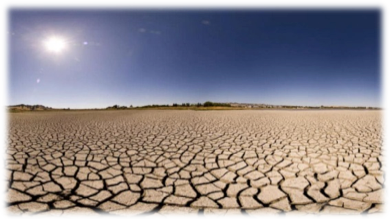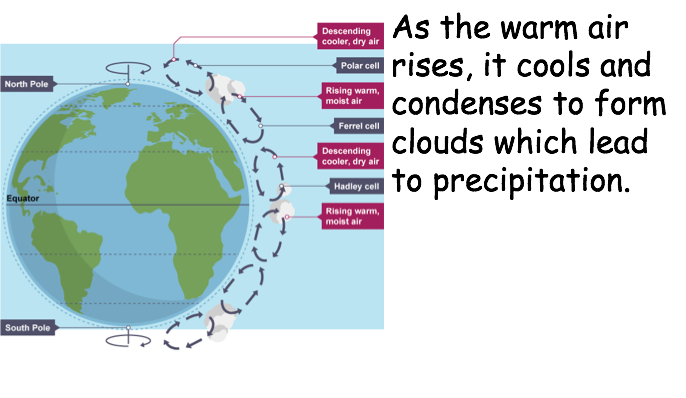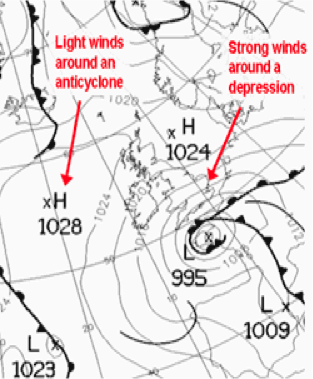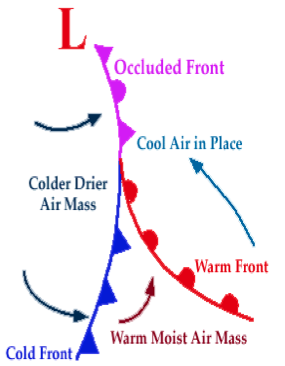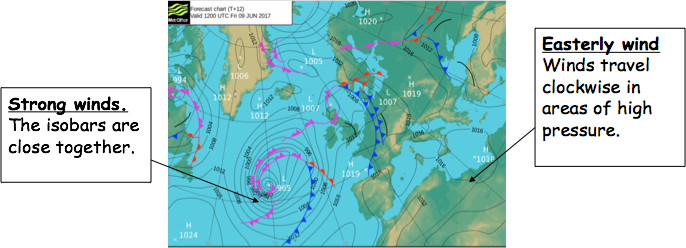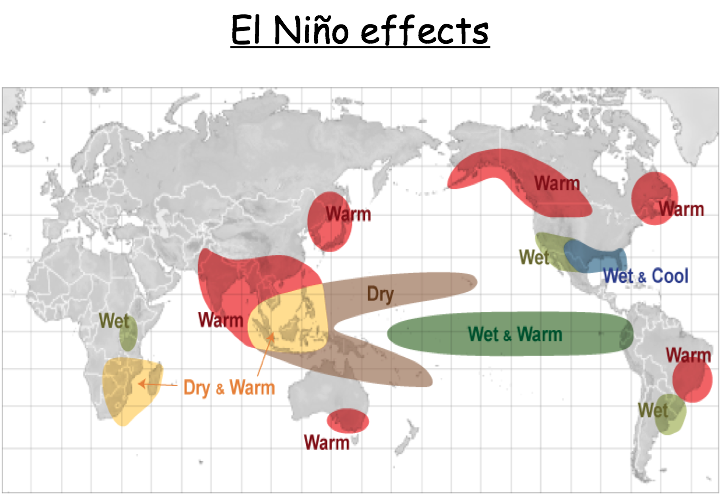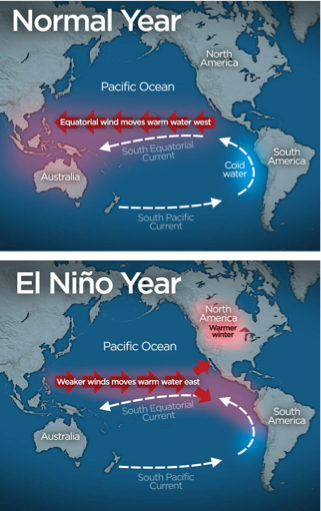Water Drought
What Creates a Defecit
Drought: A period of abnormally dry weather that causes serious hydrological imbalance in a specific region.
Areas that are severely affected by drought have doubled to include more than 30% of the world’s land area in the last 30 years
- Particularly affected areas include
- southern Europe,
- parts of USA (e.g. California),
- parts of Asia
- eastern Australia.
Droughts (creeping hazards)
- typically have a long period of onset, which makes it difficult to determine whether a drought has begun or whether it is just a dry period
Types:
The American Meteorological Society grouped drought definitions into __four __categories:
1.Meteorological drought is a rainfall deficit.
- Shortfalls in precipitation due to short-term variability, or, longer term trends, which increase the duration of the dry period.
- Lack of rainfall is often combined with high temperatures, high winds, strong sunshine, and low humidity.
- This increases evaporation.
- Hydrological drought is a stream flow deficit.
- Can be accelerated by farming practices such as overgrazing.
- Rainfall deficiency leads to a deficiency in soil moisture and soil water availability which then has a knock on effect on plant growth and reduces biomass.
- The result is poor crop yields, and decline in pasture quality.
- Agricultural drought is a soil moisture deficit.
- Widespread failure of agricultural systems, food shortages develop into famines that have severe social, economic and environmental impacts.
- As populations grow and become wealthier, their demand for water also increases.
- Natural variability in the climate can cause a temporary decline in supply and stores are not replenished.
- Socio economic (famine) drought is a food deficit
- Reduced stream-flow and groundwater levels which decrease because of reduced inputs of precipitation and continued high rates of evaporation.
- It also in reduced storage in any lakes or reservoirs.
- There are major threats to wetlands and other wildlife habitats.
- Urban areas experience decreased water supplies which results in water-use restrictions.
Impacts on the Cycle
- Air pressure is expressed as ‘millibars’.
- The average air pressure at sea level is 1013.25 millibars.
- Air pressure tends to range from 890 mb (a hurricane) to 1060 mb (an anticyclone).
- Air pressure is always trying to become regulated, by moving from high to low pressure - this is what wind is.
High pressure or anticyclones = wind travels clockwise in northern hemisphere
Low pressure or depressions = wind travels anticlockwise in northern hemisphere
The greater the pressure difference, the stronger the wind blows.
Fronts
The direction in which the shapes point is the direction in which the front is moving.
Triangles = cold front
Semi-circle= warm front
Occluded fronts (triangle and semi-circle) form when:
- The cold front (which travels quickly) catches up with the warm front
- This lifts the warm air between the fronts into a narrow wedge above the surface.
El Nino
Weak trade winds are pushed east-wards over the Equatorial Pacific meaning warm ocean water can move across the Pacific.
Jet streams follow the boundaries between hot and cold air.
El Nino events move the jet stream downwards (towards the warmer air) due to the weakened trade winds.
Watch this video here for explanations:
- Explain how El Nino works, and how it influences climate.
- Your answer should include: Trade winds / east
ENSOCycles
The ‘ENSO cycle’ is a scientific term to describe the variations in temperature between the ocean and atmosphere in the Equatorial Pacific.
ENSO stands for __E__l __N__iño-__S__outhern __O__scillation
- El Niño is the warm phase of the cycle
- La Niña is the cold phase of the cycle
Influence of ENSO
This complex weather phenomena can have impacts on global weather and climate for 9-12 months (some prolonged events can last for years)
- La Niña events happen on average, every 2-7 years
- __Normal conditions __
- Colder temperatures
- El Niño events occur on average, every 3-7 years.
- Warm water moving across the Pacific making it a globally warm year
- Thunderstorms following the warm water moving across the Pacific
- Discuss the types and causes of drought.
- Your answer should include: Meterological / agricultural / socio economic / hydrological.

